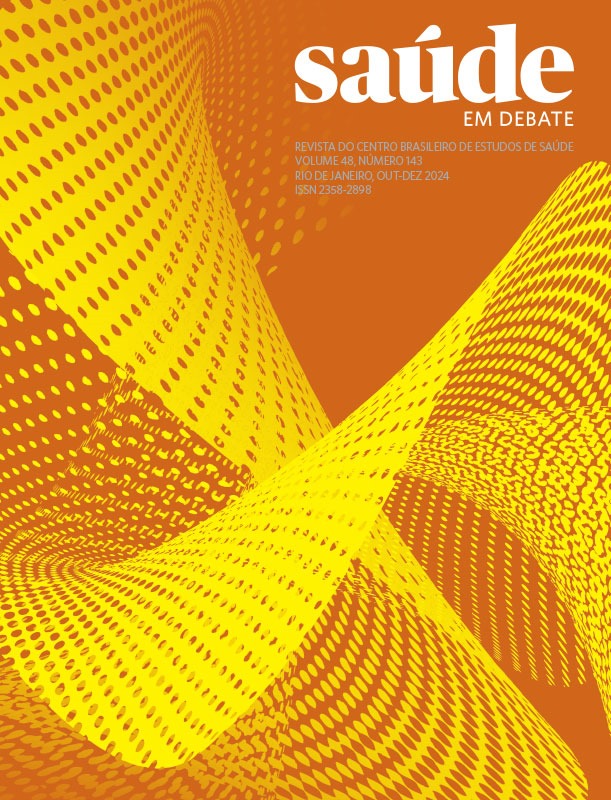Mapping the evidence of over-the-counter medicines registered in Brazil: Comparative analysis according to the GRADE method
Keywords:
Nonprescription drugs, Evidence-based practice, Pharmacies, Self-medicationAbstract
Over-the-counter medications (OTC), also known as non-prescription drugs can be dispensed without a prescription. This study aimed to analyze the pharmacological profile, risk, and quality of evidence of OTC medications registered in Brazil. The databases of ANVISA and Micromedex synthesis were consulted. The indications for use were classified according to CIAP, the medications according to ATC, and the quality of evidence according to the GRADE method. A total of 188 OTC medications were identified, comprising 376 presentations. The groups related to the digestive tract and respiratory system had the highest number of drugs, each accounting for 19%. Overall, 61% of the drugs were classified as having high or moderate evidence, and 39% as low, very low, or lacking evidence. Despite the prevalence of higher-quality evidence, restrictions need to be highlighted, as approximately 55% of the drugs have a weak recommendation, 67% may not be used by children under the age of 6, 95% lack reliable safety information during pregnancy, and 87% lack clear information regarding use during lactation. Further research on the topic, supported self-care policies, and monitoring seem essential to better understand the risks and benefits associated with OTC medications, thus ensuring a safer and evidence-based clinical practice.
Downloads
Published
How to Cite
Issue
Section
License
Copyright (c) 2024 Saúde em Debate

This work is licensed under a Creative Commons Attribution 4.0 International License.


















